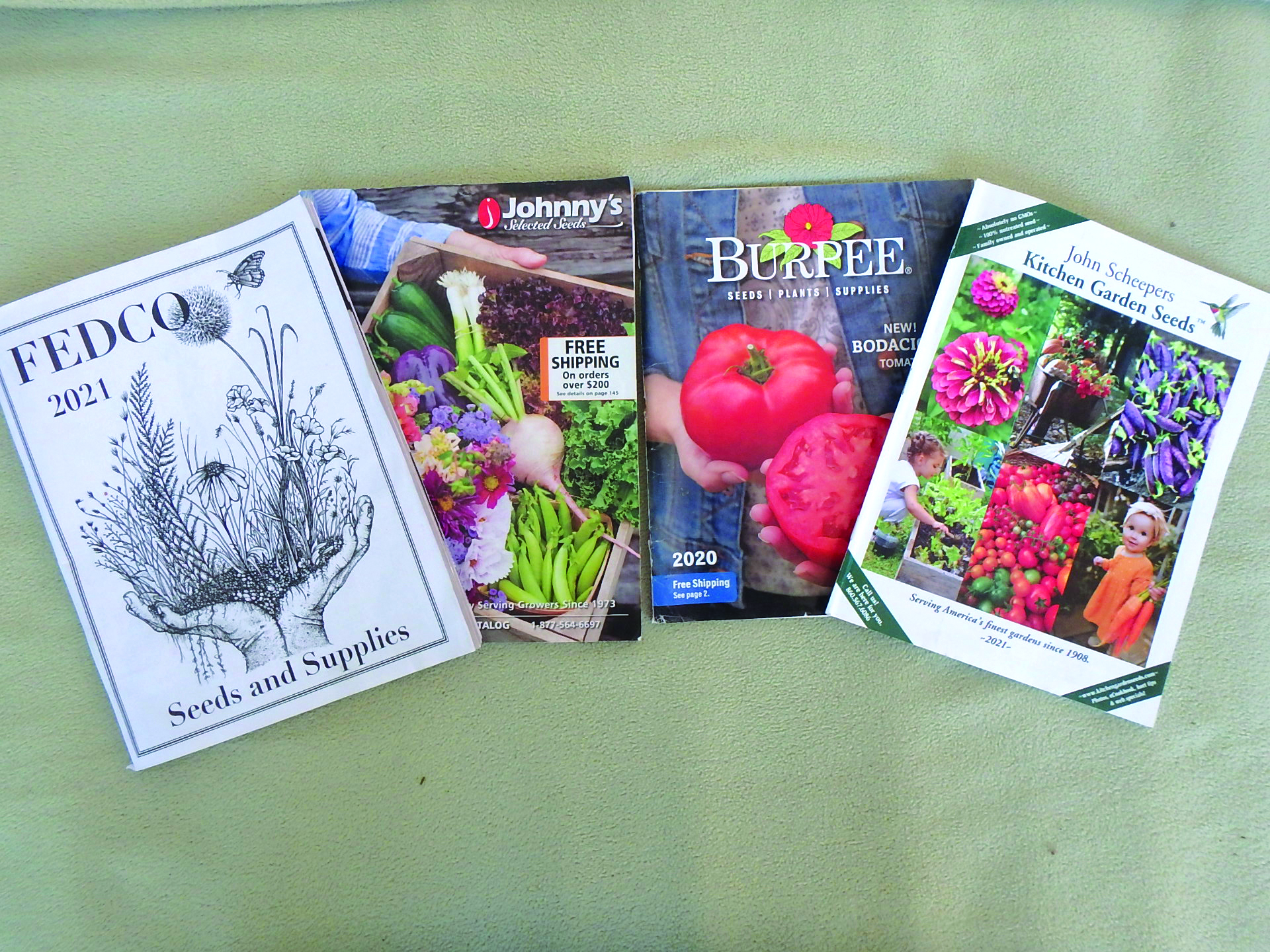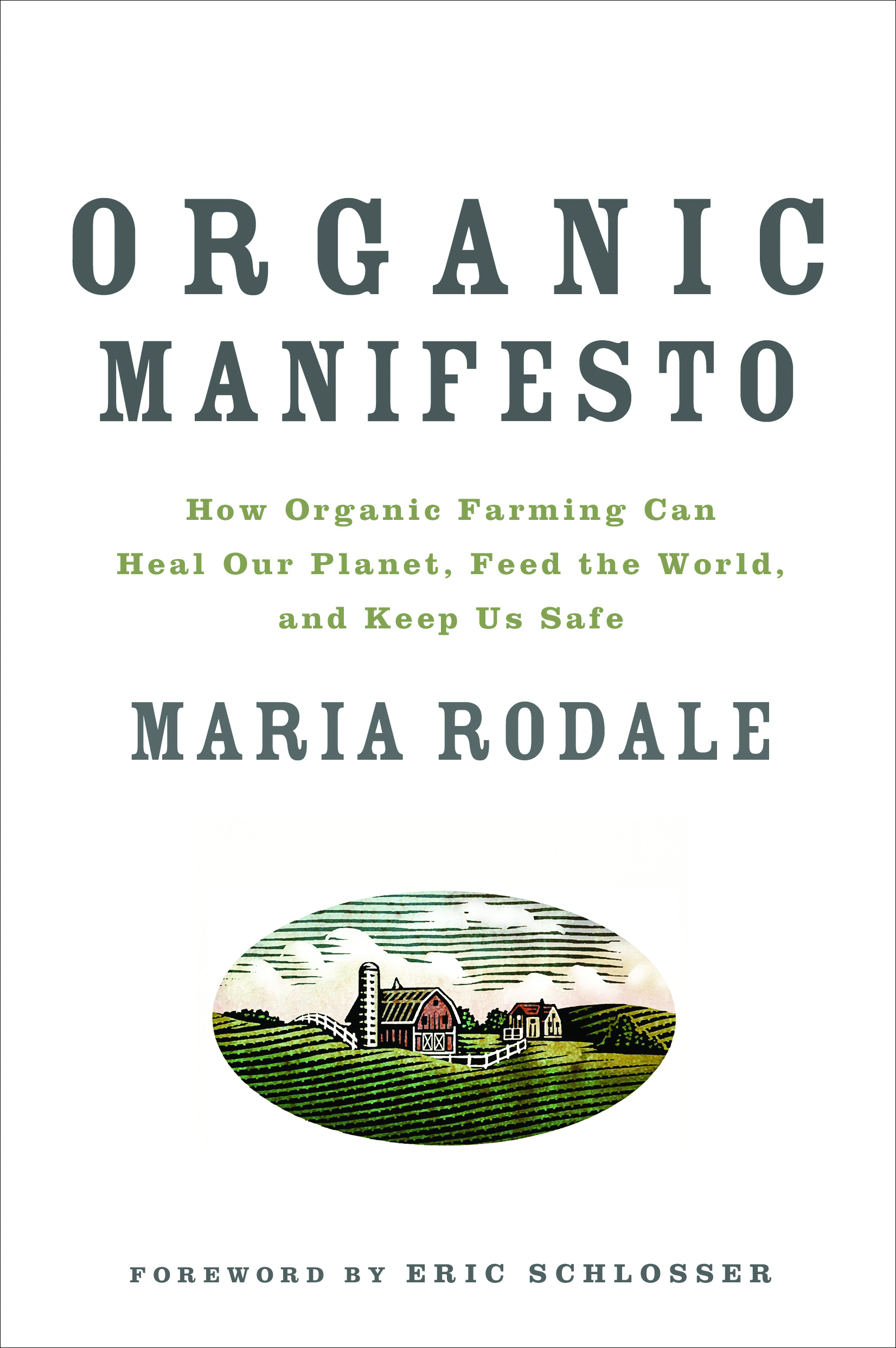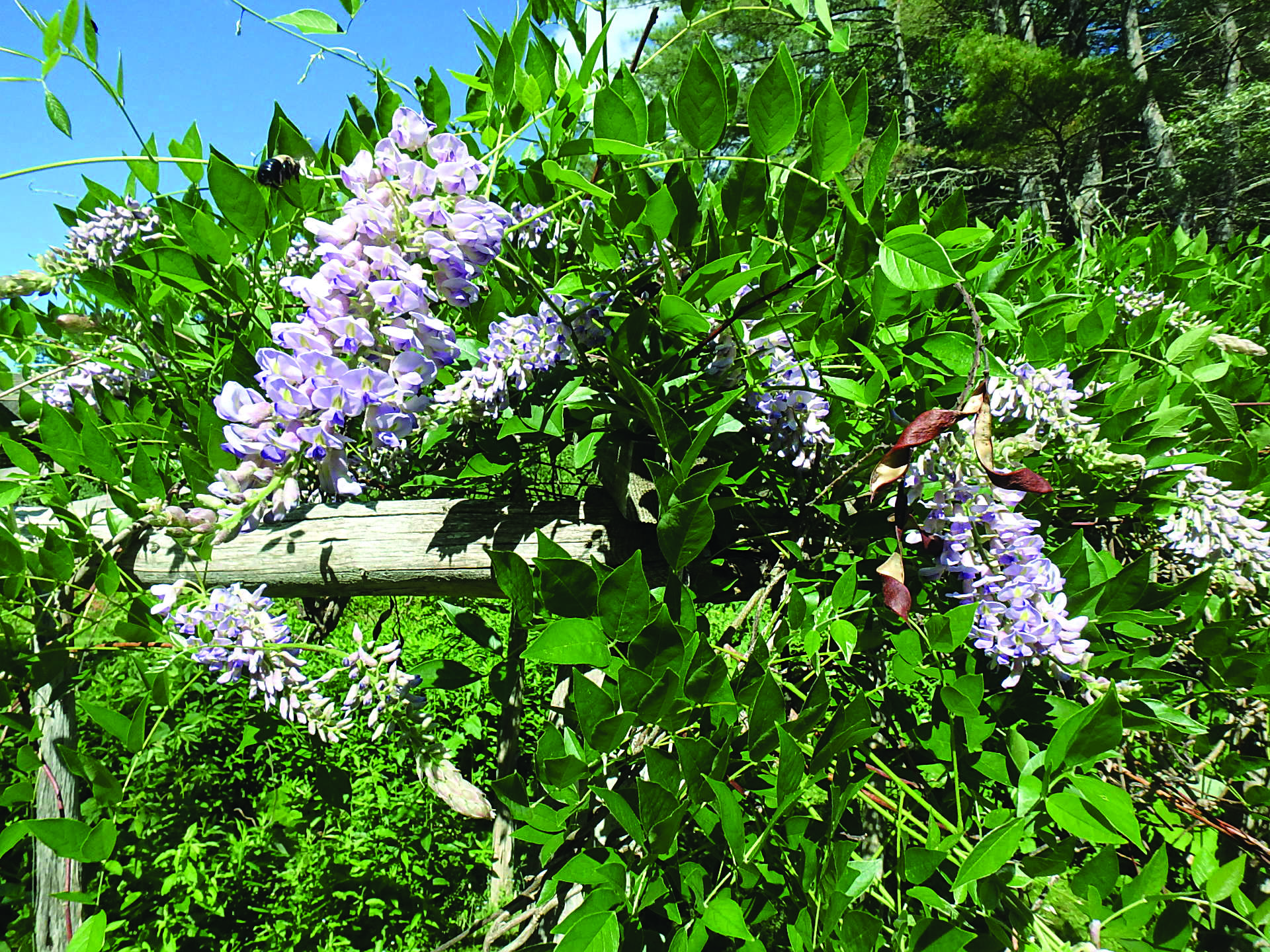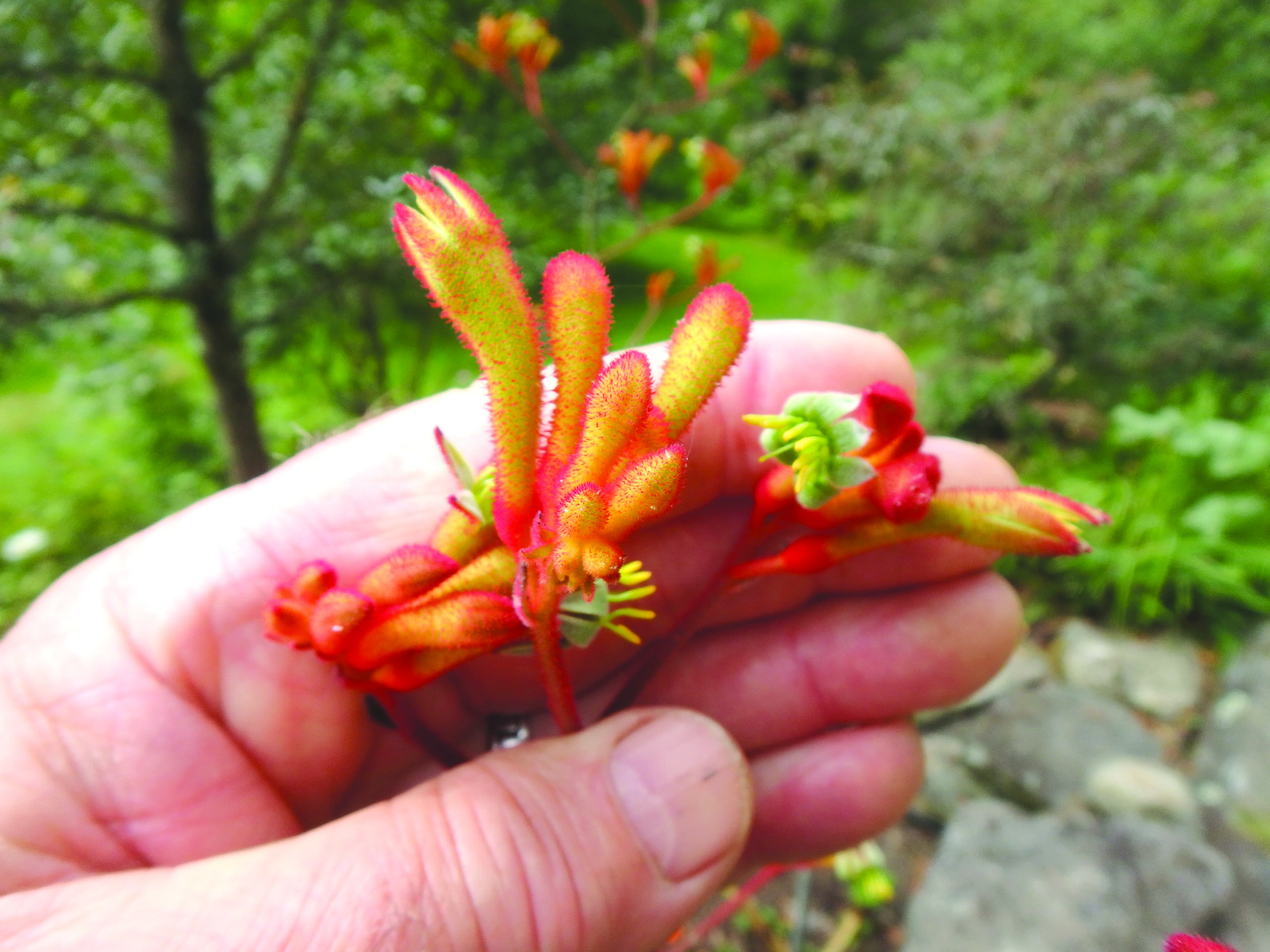What to get, when to plant and how to make them last
I hate to be the one to give you bad news, but some seed companies are already running out of seeds. Don’t panic: There are, in fact, plenty of seeds out there. And if one company doesn’t have your favorite tomato or zinnia variety, chances are that some other company will.
Before panicking, you might want to go to your local feed-and-grain store, garden center or food coop for seeds, too. Most of those have racks of seeds, some with just one brand, others with several.
Most seeds are good for three years. Of the seeds I use, onions and parsnips are good for just one year. Peppers, parsley, corn and leeks are good for two years. Most of the cabbage family (kale, broccoli, etc.) and squash family (cukes and zukes) are good for four years. Basil and some flowers are good for five years.
You can prolong the viability and vigor of your seeds by storing them properly: They do best in a dark, dry place cooler than 40 degrees. Freezing is fine, too, but put them in an airtight container. In fact, that’s always a good idea.
Despite what I wrote above, I have germinated seeds much older than the suggested limits when I have not been able to find the varieties I wanted. There are downsides to using old seeds. They generally germinate at much lower rates. You can test this by wrapping 10 older seeds in a paper towel and keeping it moist on a sponge. If fewer than half germinate in a week or two, buy new seeds. You can do that now, before you place your seed order.
Older seeds also have less vigor. That is the main reason I avoid them, even if they will germinate at 60 percent. Not all seeds are created equal, and I want those that are ready to explode with pent up energy, ready to grow.
It’s important to know which seeds need to be started indoors and which can do well planted directly in the ground. All your root crops are best started outdoors in the ground, though beets can be started indoors. Beans and peas are direct seeded outside, too. Corn can be started in the ground or indoors in flats. Crows love freshly germinated corn seeds with a little green leaf, so planting four-inch plants started indoors is good if you have just a small plot.
Although you can start the vine crops directly in the soil, I have troubles with striped cucumber beetles killing the young plants when they first germinate by stripping them of their first leaves. So I start squash-family vines in small pots indoors a month or so before outdoor planting day, and the plants are big enough to survive some leaf damage by those insect pests.
Tomatoes, eggplants, broccoli, cauliflower, cabbage, kale and lettuce I start indoors in April or buy in six-packs. Peppers and some flowers need to be started indoors very early: March 1 is good where I am.
What are my favorite companies? This year I ordered most of my seeds from Fedco Seeds, a co-op based in Maine. I like that it’s a cooperative and does everything in a low-key, sustainable way: Their catalog has no color pictures designed to make me drool. They offer small seed packs for as little as $2. And instead of saying that every tomato variety is “The Best Tasting” they tell the flaws as well as the positive attributes of each variety.
I always get some things from Johnny’s Selected Seeds, an employee-owned company in Maine that is favored by commercial growers. They provide excellent growing information. This year they provide excellent comparison photos in each section, like all their tomatoes, side by side, for example.
Last year I tried John Scheepers’ Kitchen Garden Seeds and liked them a lot. If you are interested in unusual vegetables like shiso, Karikachi edamame, tatsoi and mizuna, they have plenty to choose from. They even have peanuts for northern gardeners! Like Fedco, no color photos in the catalog.
Like Italian food? Seeds from Italy carries the Franchi brand Italian seeds and more. They also have kitchen items, garden tools and more. All high quality.
Hudson Valley Seeds started as a seed library in New York state and became an excellent seed company with seeds others do not carry, like their Siberian watermelon.
Fruition Seeds in upstate New York is another favorite of mine. They grow much of their seed on their 24-acre farm, specializing in heirloom seeds for short seasons like those we have in New England. They have some nice varieties not found elsewhere. The owners are young and full of energy, and grow only organic seeds.
Renee’s Garden Seeds has great seeds but no print catalog. Still, I order from them most years. I love their mixes of different color veggies in one pack — three colors of beans, or two colors of carrots.
And lastly, don’t forget Burpee Seeds, one of the oldest and biggest seed companies for the home gardener. They sell lots of varieties that they have developed, especially disease-resistant hybrids.
So get busy, and buy your seeds now before all get sold!
Featured Photo: Seed catalogs. Photo by Henry Homeyer.






